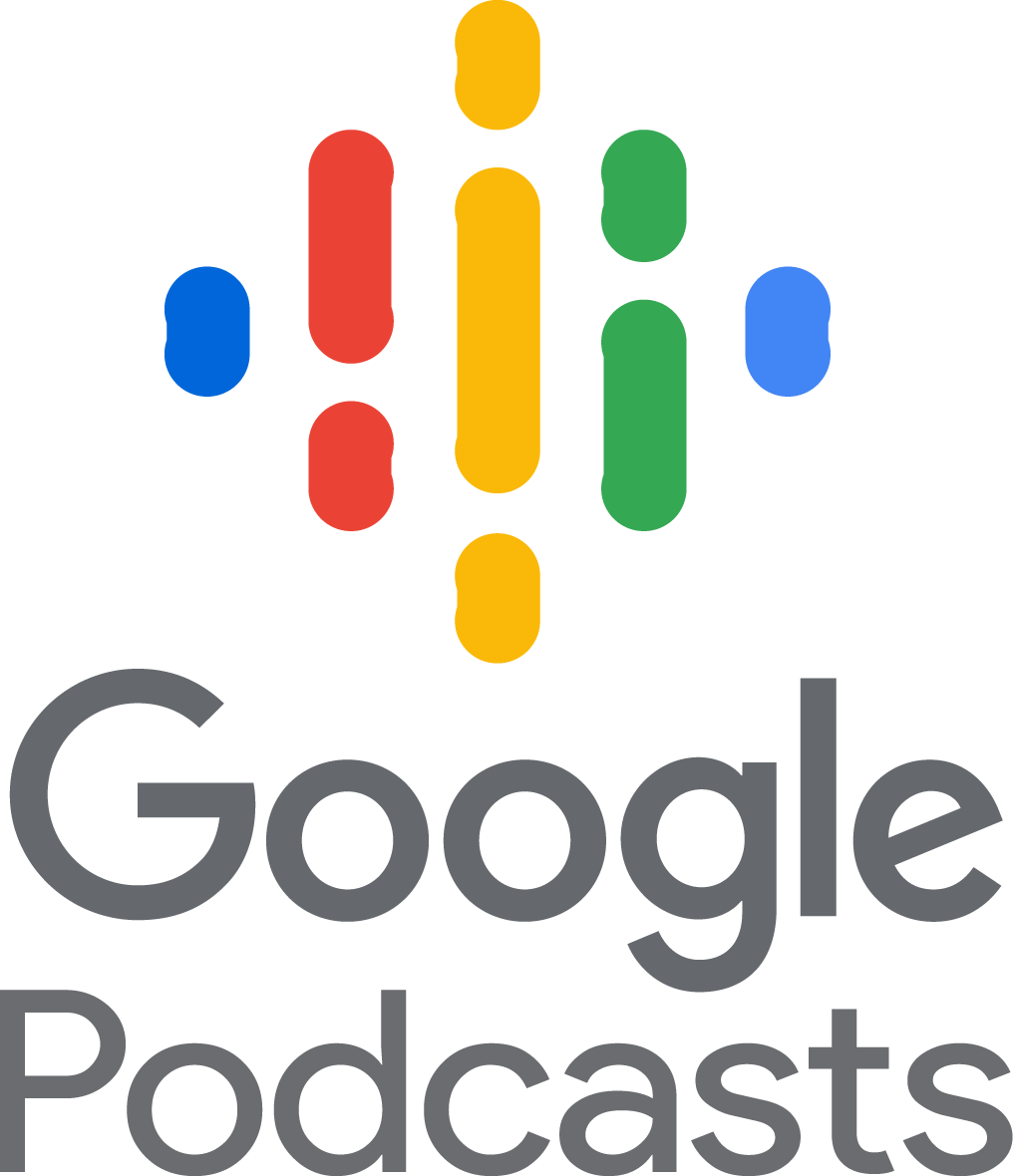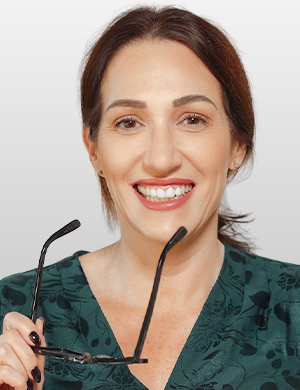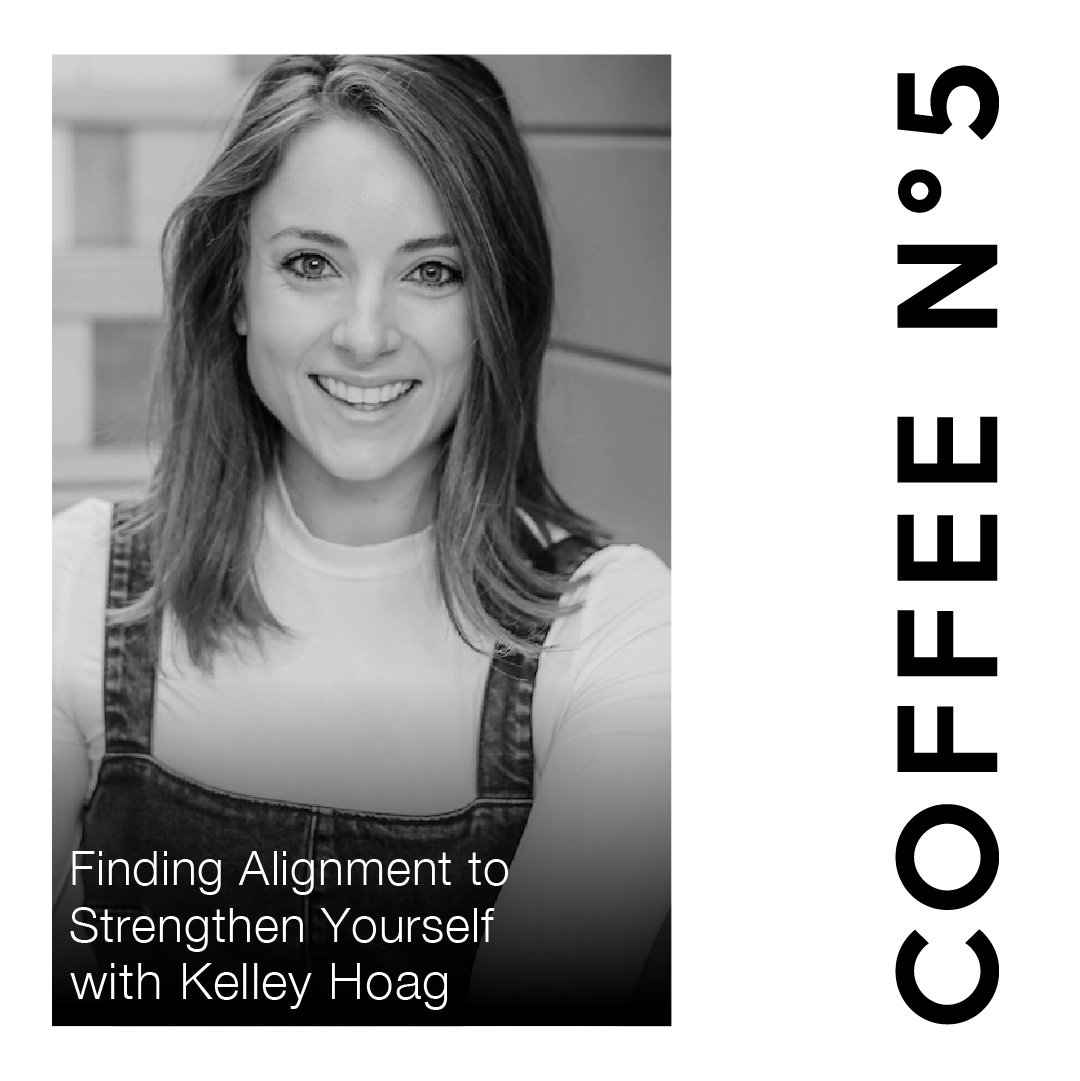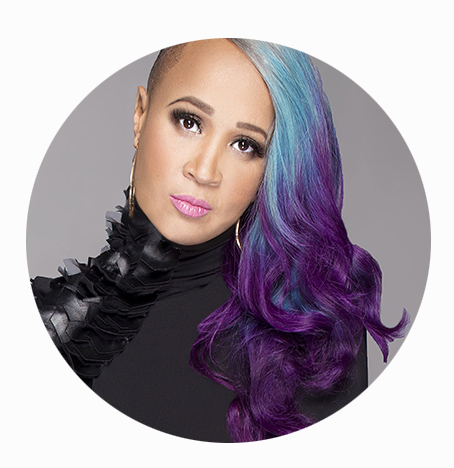Lara Schmosiman (00:11)
Hi guys, welcome back to coffee number five. Yes, I need extra coffee this morning. It was one of those mornings. I’m, you know, I love beauty industry. I love my beauty products and I love marketing and I love to understand what’s going on and how we evolve. I mean, in my life, I remember when we got the first Clinique color coded ⁓
products that they will tell us depends of our skincare line and that was revolutionary back then but I feel like we evolved so much in the industry and there is so much going on but at the same time I have to say that sometimes I’m a little disappointed because I feel like there is a lot of the same so I wanted to bring you today an innovator in this space but someone backed by science
Mark Menning (00:58)
Thank
Lara Schmosiman (01:06)
and that really we can talk about how to have it, not only a successful skincare line, but a skincare line that makes a difference. So welcome Mark Manning. ⁓ Thank you so much for being here. And you are the founder of Mark Los Angeles, a skincare line, but also you have an incredible journey. And you were telling me a little bit.
before the show about how you started so why you don’t share it with us now because I want everyone to hear your story
Mark Menning (01:38)
Hi Laura, thanks for the introduction and thanks for having me on your podcast. Really appreciate it. And before I get started, you know, I want to say yes, I do have my coffee and, and I want to give a shout out to Canyon Coffee. It’s one of my favorite coffee roasters in LA. And so anyways, sorry. Yeah, they have a cute shop in Echo Park, you know, where all the beautiful LA people hang out. And, but anyways, back to skincare and ⁓
Lara Schmosiman (01:47)
it.
I need to try that.
Mark Menning (02:07)
and science and yeah, I I have a background in chemical engineering, practiced in the pharmaceutical industry for 20 plus years and really focusing on drug delivery. it’s, know, in, in pharmaceuticals, it’s really about ensuring compliance, patient compliance through dosage form, simplicity, and more importantly, you want the pill in this case, and most of the products I worked on were oral solid dosage. So you want that.
to behave, it has to give a profile of absorption consistently. Otherwise, the disease state will be, the patient will be compromised. If it has too little, you’ll not suppress whatever symptoms you’re treating. And if it’s too much, you’ll have side effects. So you have to really operate within a certain window. And so that’s really where I honed my expertise and ⁓ got to work on some amazing drugs.
especially for combination products for HIV. And those are really, really challenging because you’re applying three, four different molecules, each with a different, you know, behavior in the body. And how do you optimize for that? And they more often than not don’t like to play together in a tablet. so that, and how I got into skincare is kind of the interesting,
questions because I then went on to have my own pharmaceutical company in the Bay Area and then I sold that and with that I couldn’t work in the pharmaceutical industry so I pivoted into skincare and that’s how I ended up here today.
Lara Schmosiman (03:44)
little different
because in skincare you don’t have the regulations that you have in by FDA or back then we didn’t have them now it’s changing a little bit.
Mark Menning (03:52)
It is. Yeah. And definitely it’s, ⁓ that’s both a pro and a con. ⁓ the pro is that you have a little more freedom to operate. The con is that, you know, the barrier to entry is a little, is more open. So anybody can really develop a skincare product. And so, ⁓ and then same thing, even with manufacturing facilities, it’s kind of shocking how, like I wouldn’t, you know, it’s, it’s, it’s, you know, different design philosophy or different design criteria altogether with.
like pharmaceutical plant and versus cosmetic. Cosmetic is probably closer to like food manufacturing in a way.
Lara Schmosiman (04:27)
Yeah, so I have a question for you because we were talking before about delivery and I think delivery and I was talking to two people in the industry that we agree that what the innovation in the industry could be is either ingredients or delivery.
Mark Menning (04:43)
Right. And with ingredients, it has to be paired with delivery as well. I mean, just because something is water soluble, I could almost guarantee you it does not mean it’s going to translate into penetration of the skin. Generally.
Lara Schmosiman (04:56)
Can you
please explain to our audience what delivery is?
Mark Menning (05:02)
delivery, well, I mean, in the broadest sense, want to, know, where is your ⁓ current site that you want to deliver it to or wherever the disease state is or what have you, like in the case of inflammation, that’s generally driven by like an immune response in the dermis. It’s not necessarily on the top of the skin. And so how do you then deliver or penetrate
deep into the dermis to bring the molecule into that state wherever you wish to, ⁓ I guess, treat it. I use that word loosely because…
Lara Schmosiman (05:43)
I heard people talking about patenting and delivery. Is that possible?
Mark Menning (05:48)
Yeah, you can. mean, as long as it’s novel. mean, the classic delivery system are like liposomal structures. So these are lipid-based structures usually with like, know, mimicking like cellular membranes. And so those can theoretically penetrate the skin. And you know, I did write a couple of patents on my delivery system because it’s basically a self-assembling emulsion without an oil phase. And that’s kind of the novel.
component of it. It’s just that, you know, we use a class of compounds called flavonoids and these are what plants produce to protect themselves from pathogens and environmental stress. so, and today they’ve been difficult to penetrate into the skin. And so that’s where, you know, again, I use my background to both solubilize and then stabilize them in the formulation and then deliver.
So that’s when we think about pharmaceutical development, it’s the formulation composition, it’s stability as well, and then the whole delivery mechanism as well.
Lara Schmosiman (06:54)
So when you were talking about creating a brand, what do you think is more important to focus in the delivery or in novelty and ingredients?
Mark Menning (07:05)
think at the
end of the day, it’s more efficacy. It’s one thing to have a delivery system, it’s one thing to have certain ingredients, but if that’s your story and that’s where it ends, ⁓ then that’s just kind of a marketing descriptor. At the end of the day, it has to help, in my view, has to help patients with whatever conditions they wish to solve for.
Lara Schmosiman (07:28)
And so when I have so many questions that I’m trying to put my thoughts together because it’s incredible to have the opportunity to talk to a science and scientists behind the story of a brand. So how did you started with your brand? What were you resolving the problem? You knew that you want to have a brand. What’s the story behind Mark Los Angeles?
Mark Menning (07:34)
Sure.
No, it’s a great story to look back on. it’s funny where you just, think, well, it’s, and you’ll understand this, like branding, and I think I’ve heard you talk about this before, is branding just doesn’t stop after you do that branding exercise. So live in process. And I think that’s something you need to revisit, you know, a few times a year. And so that’s currently what I’m going through. And, you know, to answer your question, what I initially set out to solve is when I sold,
my pharmaceutical company, I was actually losing a lot of hair and stress in that process. So, you know, I wanted to come up with a method that wasn’t, didn’t contain like finasteride or minoxidil, but using just plant active ingredients and, and, you know, comb through the literature, found this class, you know, I was familiar with flavonoids and their potent anti-inflammatory properties. But then if you see, you know,
like in the, in the lab setting, they were shown to actually affect the signaling associated with hair loss. And so that’s where I started initially. And then, you know, came up with formula applied it to my hair. And then I saw a regrowth and kind of the crown of my head. And I was like, wow, this is amazing. And so that was kind of the proof of concept. But then the reason why I didn’t launch that product was because how do you like proving a clinical endpoint can take.
several months, six months at a minimum. And so that’s where I came up with the EQ lines for acne. And so we had an acne clinical trial to show the endpoint of reduced inflammation and ⁓ blemish.
Lara Schmosiman (09:24)
Trials are hard and they’re expensive.
Mark Menning (09:27)
They are, yeah, definitely. so, yeah, no, you’re absolutely right. That statement, unpacked so much with clinical trials because there’s no guarantee. And so the question is, as a brand, what if you don’t have a good clinical endpoint? And so I think that’s where having a hardcore R and D background and it’s just like, I’m primed for that. It’s like, it’s okay.
you’ll learn something and then how do you pivot? And then it’s not a failure. Failure is an opportunity to learn from this trial. could be the study design itself. could be, yeah, it doesn’t work altogether. And so, I don’t know. It’s not, the failure is not really…
You everybody says embrace failure, but it’s easier said than done. And so you kind of have to prime for that, but you’re absolutely right. think they are difficult. They are expensive, but if you understand the underlying mechanism, that’s a good way to de-risk it initially. And then, yeah.
Lara Schmosiman (10:29)
⁓ Let me ask you a question because I see that first of all you have a sports that proteins Do you think how big a route a routine need to be in any skincare line from? Science perspective because I really still meet a lot of people say I don’t understand how to use a serum. What is a serum for?
Mark Menning (10:48)
Right,
No, that’s amazing. Yeah. And then, know, does your face need to be damp before using it or whatever, you know, this like kind of, there’s a lot of.
Lara Schmosiman (10:56)
And also a lot of
people, they don’t wash their face.
Mark Menning (11:00)
Yeah, that’s shocking. so I think, yeah, just basically a cleanser, a functional serum and an optional moisturizer really. I mean, it depends on, and so, yeah, which can then get us into this sort of, mean, what are you allowed to say with anti-aging now? Like, know, anti-wrinkle or something.
Lara Schmosiman (11:22)
Let’s break it down from the clinical, scientific point of view. So what a cleanser does to your skin?
Mark Menning (11:30)
The cleanser, so ideally the way I formulated the cleanser is to be as gentle as possible. And so you don’t need to strip your skin and go like nuclear on your skin to like eradicate everything. I think that’s like maybe 1980s thinking that you need to just kind of go scorched earth.
I think you can get a lot of bang for your buck with a gentle cleanser. So we’re using cleansers that are safe enough to use like on babies, you know, so I want it be very gentle, but it has to be powerful and functional. And how do we do that? That’s where the flavonoids come in. So we’re able to then, even in the cleansing step, penetrate, deliver the flavonoids and then, you know, reduce inflammation just through cleansing alone. And so ⁓ we also have an exfault.
Lara Schmosiman (12:18)
Then it comes,
hold on, you have another exfoliating cleanser I saw that. So why the difference between two cleansers?
Mark Menning (12:26)
I guess male naivete. I developed it for myself, you know, and so, you know, it’s like, because I had, it’s like, I didn’t know what I was doing, you know, and it’s, the reason why I developed the cleanser is because the exfoliating cleanser is just for beard, you know, to exfoliate the whiskers that are ingrown without using like a harsh abrasive. And so it’s just, you know, it’s walnut shells is enough.
Lara Schmosiman (12:35)
Bye take care, bye.
Mark Menning (12:55)
to be still gentle, but not really tearing the skin. So it’s a physical cleanser or physical exfoliant versus, you know, like a carboxylic acid or glycolic acid or what have you. Yeah.
Lara Schmosiman (13:08)
Okay, so then what the serum does for your skin care.
Mark Menning (13:13)
So the serum was initially designed to be a spot treatment. So I do a lot of exercising and then so I could tell when like my helmet, when I go cycling is dirty because I start breaking out like along the jaw line where the strap is and along the forehead. And so I was using a lot of salicylic acid at the time. don’t like, well, benzoyl peroxide is just too, again, too atomic of a molecule. ⁓
It’s super oxidating substance. so I kept breaking out though. And then, so that’s where I started applying the EQ that was developed specifically as a spa treatment. But when it then went out into its world, into the world and developed its own kind of following, people started using it as a serum. And I’m like, no, no, you know, don’t use it as a serum. It’s a spa treatment. They’re like, no, it’s amazing as a serum because it evens the tone. It reduces redness, reduces. ⁓
inflammation. So it kind of took a life of its own. And so we actually had to reposition it that way because people were using that way and they just intuitively got it, which was amazing.
Lara Schmosiman (14:19)
It’s just
my next question because I was about to tell you that how was the process of repositioning something like that.
Mark Menning (14:26)
It was fairly
easy. We just went from spa treatment to serum.
Lara Schmosiman (14:30)
No, but mean, it’s so important. That’s why it’s so important
to hear people’s feedback.
Mark Menning (14:34)
Oh, absolutely. No, I mean, it’s, it’s important as a brand to take that feedback and as much as it hurts sometimes because we don’t want to hear it, you have to, you got to, you have to listen, you have to make them part of the process. And, and so again, that’s kind of having that R and D mindset where it’s like, okay, this is what I think. Like I could have spent all this energy and effort saying, no, you’re using it wrong. You know, use it as a spot treatment, but
It’s like when people are just getting great results, you have to take that in and reposition it. And, uh, know, fortunately we weren’t really locked down in a lot of packaging. So we’re able to make that change. even scaled up the volume from, you know, smaller to about 30 mil to I think it was 15 milliliters initially to now like 30. And, and then, you know, people with the rosacea eczema, um, and psoriasis have been using it too. And it’s just been evening their tone.
And so again, that just speaks to what we know these molecules do in terms of ⁓ modulating inflammation.
Lara Schmosiman (15:35)
Then you went ahead and you created a health product which is a lip product.
Mark Menning (15:41)
Yeah, that one’s really exciting for me because it’s, it’s, um, again, researching the literature. There’s some really cool summary articles showing. And again, this is the beauty of like fundamental research, you know, and this is why I advocate for fundamental research. know, this current administration I think is not really having that mindset, but you need to do like kind of pie in the sky research that.
understands mechanistically what’s going on. and a lot of researchers have been looking at flavonoids as potent antivirals. And so there’s like, so there’s two viruses, main viruses for, um, for colds or herpes. It’s HSV one, which is primarily for, you know, um, cold sores, then HSV two is for genital, uh, herpes. And so, yeah, they summarize all this mechanistic activity, but again,
the delivery system is what’s really missing for, ⁓ know, you can, so instead of just like hitting on one target, we’re able to like on viral replication, we’re able to go after eight different parts of replication. And so the thesis behind the lip products is really to show people like an acne patient, it could take as long as, know, four to six months or weeks to really see results. But with the lip products, you can see it almost immediately.
And so that was kind of the thesis. How do we introduce people to the technology ⁓ quicker? And the lip product actually is doing that. So some people now that have been in our study haven’t seen, they used to get coltores like every month and now they haven’t.
Lara Schmosiman (17:19)
It was
once I had a coleslaw and I asked a dentist that I know and she told me a coleslaw without medicine takes seven days to go away and a coleslaw with medicine takes a week.
Mark Menning (17:36)
Yeah, that’s exactly what happens. And the reason why…
Lara Schmosiman (17:39)
So
how is this, ⁓ how this product is different and how…
Mark Menning (17:46)
So it’ll take on average of two to three days to clear it up. ⁓ And then if you feel it at the first time of tingling, and you we have this repeatedly now and about, if you take it to the first time of tingling, it won’t even form a lesion. And coletors that have been formed, it will not get to the oozing and cracking phase. And so ⁓ that’s.
That again shows, you know, kind of the translational component of, know, you have research, you effectively deliver to your site of, you know, activity. And then hopefully, you know, these results translate to a clinical setting. And I’ve been speaking with a pathologist who’s an expert in HSV research. And she even showed in her model that, you know, like acyclovir is a common prescribed product.
You know, and in cellular studies, it looks beautiful. It shows a reduction of the viral load. ⁓ but it clinically, we know it doesn’t really work that well. And she demonstrated why, because, know, with the, the various skin cells, the keratinocytes and, ⁓ fiberglass, ⁓ acyclovir is just very difficult to penetrate. So I’m working with her to kind of.
you know, elucidate more on what’s going on with our system too. So it’s, think it’s really exciting. It shows that you could take something that’s a natural product and really exploit its benefit clinically.
Lara Schmosiman (19:11)
So when you talk about clinicals, how you conduct the clinicals normally? You just do it by observation or how does it work?
Mark Menning (19:19)
Well, the acne clinical study was actually overseen by, I think, three dermatologists. So that was actually registered with clinicaltrials.gov. So it was a full blown study. This recent cold sore study, it was easy enough for us to kind of reach out to a community and conduct it ourselves. We’ll probably, we’ll go back. And so now we’re, you know, we’ve gone back. It was like a proof of concept. Let’s see what we can do to get this to the market quicker.
Lara Schmosiman (19:38)
Mm-hmm.
Mark Menning (19:47)
And now we’re working with dermatologists and, and, know, under their guidance and, you know, just building.
Lara Schmosiman (19:51)
And how
do you compare the experience of doing a full blown clinical trial that will work now in community?
Mark Menning (20:02)
Yeah, the community, it’s, well, it’s not for every condition too. think cold sore, the patient population is very, has a certain level of heightened awareness and advocacy. They know what works and doesn’t work. They’re going to call BS like immediately. And so, you know, we, we had, uh, you know, 50 people participating in our study, got 25 respondents, which is about right. And so of those 25 respondents, we had 95.
percent reporting a significant shift in their healing time. And so then we have an interview with them and follow up. so it’s pretty extensive. So I think, we had a call for participation, we had to shut it down within a couple of hours because we had over 500 respondents. ⁓
Lara Schmosiman (20:52)
Wow, and where
did you put that in the community?
Mark Menning (20:57)
It was, we
just kind of pushed it out and it’s just, and that’s how like people are, you know, that’s how hungry people are for something that works and they’re willing to try new products. So I think it’s really exciting to see. And now, we are in the domain where you are. It’s like, it’s the marketing side and it’s, you know, we’re in an era now, if you have a cure for cancer, I don’t know if that messaging will get out even.
And so we have this amazing product for poll tours. Now it’s just really how do we fight the noise and, you know, get, that messaging out.
Lara Schmosiman (21:30)
Absolutely. So what do you see happening in the industry beauty wellness or beauty and wellness combined? What do you think as a scientist in this space? What’s next?
Mark Menning (21:43)
Well, I think, you going back to the, like the whole wrinkle component and longevity.
Lara Schmosiman (21:48)
I mean, also,
yes, longevity, because we were talking about that and you, everyone is talking about longevity, but nobody knows even what it means.
Mark Menning (21:52)
Right.
Yeah, nobody knows what it means. And more importantly, what is your clinical endpoint? Because you have to follow people like statistically to see if, know, like how, like it’s hard enough to attribute diet to longevity or diet to, ⁓ you know, like lifespan. ⁓ we know like a healthy, you know, diet and exercise generally speaking leads to better outcomes, but also.
Uh, especially like skin is like, do you tease out that noise? And so I think, um, yeah, what is your clinical endpoint? Basically? I mean, I guess there are biomarkers that you could follow. Uh, but again, how does that translate to, you know, skin elasticity and, you know, youthful appearance, what have you. But I think in that realm with respect to like anti-aging and things like that and wrinkles, even what you see is like a lot of trends.
for in-office procedures. So a lot of like fillers and like Botox, I think that’s the way people are kind of gravitating towards like in-office procedures to kind of correct those type of problems. And then, you know, I don’t think they’re relying more on like lotions and creams. So if you really want to see an effect, I think going into an aesthetic kind of setting makes sense.
Lara Schmosiman (23:13)
Yeah, to me it’s more like
a combination right now. You need to get treatments that come done in spas or medis spas and then you need to ⁓ complement it or maintain with the right products.
Mark Menning (23:17)
Right.
Absolutely. Yeah. Well said. No, I totally agree with that. And, um, with respect to where we’re, what kind of leaning into with our messaging is really, um, you know, what is the problem statement? It’s really, you know, like inflammation is becoming kind of the enemy of the new enemy, if you will, because it’s related to premature aging. It’s related to, you know, overall skin health. Um, and so that’s kind of where we’re like positioning ourselves is, you know, these flavonoids are known.
And this is, again, what’s interesting about the brand story. I didn’t set out to kind of, you know, with this target in mind, it’s like, you know, there’s like a problem, come up with a solution. And then, you know, when you start seeing a lot of overlap with inflammation, it starts to make sense then that’s how you develop your story. And that’s where I think you need to keep going back to your brand messaging is to really reevaluate. like, how does it.
coming to focus and I think the problem statement really is, is a commonality in a lot of skin conditions and how do we solve for that problem? Well, it’s really the delivery system using flavonoids, which are potent anti-inflammatories to generate effective skincare.
Lara Schmosiman (24:43)
Amazing. Well, thank you so much for all this information, Mark. But I have one more question for you before we go. How do you drink your coffee?
Mark Menning (24:49)
Yes. Yeah.
Black. There’s no other way.
Lara Schmosiman (24:53)
Really?
Mark Menning (24:54)
Except in Italy, ⁓ maybe a latte or cappuccino there, but yeah, 100 % black every day.
Lara Schmosiman (25:00)
But is
black really strong or black and with a lot of water that is not strong?
Mark Menning (25:06)
Black balance, and that’s why I mentioned, you know, going back to Canon Coffee, they have a good roast. Yeah, too dark of a roast, it’s overpowering, but I think to really, you know, taste the bitterness and complexity of the beans, black is the way to go.
Lara Schmosiman (25:20)
Thank you for sharing that. And for you guys, keep sipping your coffee and I will see you next week with more coffee number five.
Mark Menning (25:22)
You’re welcome.
Thanks so much, Lara.


